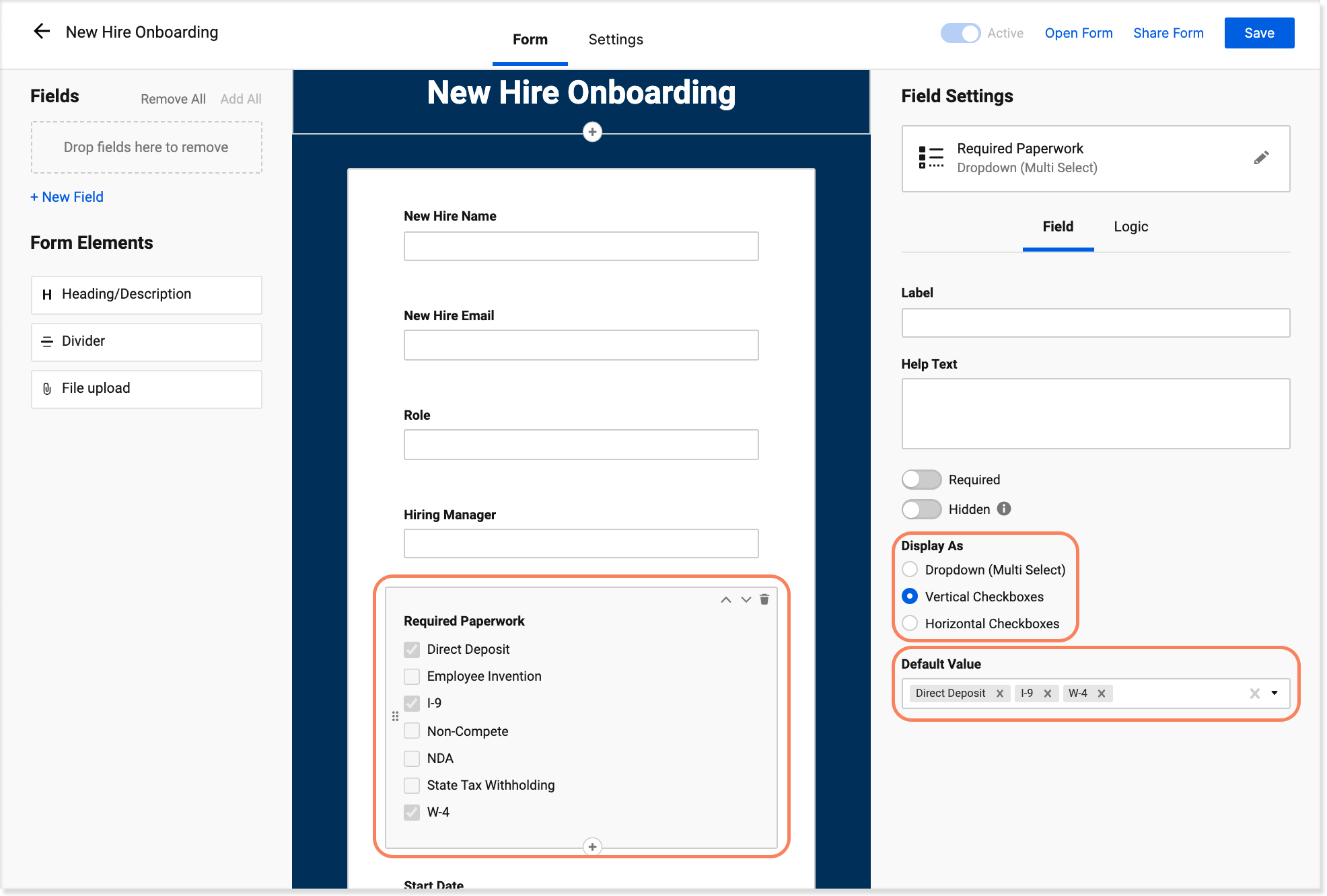5 Easy Ways to Understand STX

STX, or Synthax Tracking, is a cutting-edge technology that has revolutionized the way we approach data analysis and pattern recognition. With its unique capabilities, STX has become an indispensable tool for businesses and researchers across various industries. In this article, we will delve into the world of STX, exploring its intricacies and providing you with five easy ways to gain a comprehensive understanding of this powerful technology.
Unraveling the Complexity of STX

Synthax Tracking is a sophisticated system designed to analyze and interpret complex data patterns. It employs advanced algorithms and machine learning techniques to identify hidden trends and correlations, offering valuable insights to its users. STX’s ability to process vast amounts of data quickly and accurately has made it a game-changer in fields such as finance, healthcare, and marketing.
One of the key advantages of STX is its adaptability. It can be tailored to suit specific industry needs, making it a versatile tool. Whether it's predicting market trends, diagnosing medical conditions, or optimizing marketing strategies, STX has proven its efficacy in delivering precise and actionable results.
Way 1: Understanding the Fundamentals

To grasp the essence of STX, it’s crucial to start with the fundamentals. Synthax Tracking is built upon a foundation of robust data analysis methodologies. It combines statistical techniques, mathematical modeling, and artificial intelligence to create a comprehensive data interpretation framework.
By understanding the core principles of data analysis, you can appreciate how STX transforms raw data into meaningful insights. This includes learning about data preprocessing, feature engineering, and the various algorithms employed by STX to extract valuable information.
Key Concepts:
- Data Cleaning and Transformation
- Dimensionality Reduction Techniques
- Regression and Classification Algorithms
- Time Series Analysis
Way 2: Exploring Real-World Applications
One of the best ways to understand STX is by exploring its real-world applications. Synthax Tracking has found its niche in diverse industries, each utilizing its capabilities uniquely.
Financial Sector:
In finance, STX is employed to predict stock market trends, identify investment opportunities, and manage risk. It analyzes historical data, market indicators, and economic factors to generate accurate forecasts.
Healthcare:
The healthcare industry leverages STX for disease diagnosis, treatment planning, and drug discovery. By analyzing patient data, medical images, and genetic information, STX assists in developing personalized treatment approaches.
Marketing and Advertising:
Marketing professionals use STX to understand consumer behavior, optimize advertising campaigns, and personalize customer experiences. STX analyzes customer data, social media trends, and purchase patterns to create targeted marketing strategies.
Way 3: Delving into the Technical Specifications
To truly understand STX, a deeper dive into its technical specifications is necessary. Synthax Tracking is powered by a range of advanced algorithms and machine learning models, each designed for specific tasks.
Here's a glimpse into some of the technical aspects of STX:
| Algorithm | Description |
|---|---|
| Random Forest | An ensemble learning method that operates as a collection of decision trees, used for classification and regression tasks. |
| Support Vector Machines (SVM) | A powerful algorithm for classification and regression, particularly effective in high-dimensional spaces. |
| K-Means Clustering | A popular clustering algorithm that groups data points based on similarity, widely used for customer segmentation and anomaly detection. |
| Neural Networks | Artificial neural networks mimic the human brain's structure, enabling STX to learn and adapt from data. |

Way 4: Performance Analysis and Evaluation

Understanding how STX performs in real-world scenarios is essential. Synthax Tracking is evaluated based on its accuracy, efficiency, and ability to handle diverse datasets.
Performance Metrics:
- Accuracy: STX’s ability to provide correct predictions or classifications.
- Precision and Recall: Measures of the system’s effectiveness in identifying relevant data points.
- F1 Score: A harmonic mean of precision and recall, providing an overall performance metric.
- Efficiency: How quickly STX processes data, crucial for large-scale applications.
Case Studies:
Real-world case studies provide valuable insights into STX’s performance. For instance, a leading financial institution used STX to predict stock price movements, resulting in a 15% increase in trading accuracy.
Way 5: Future Implications and Innovations
Synthax Tracking continues to evolve, with ongoing research and development shaping its future. As technology advances, STX is expected to become even more powerful and accessible.
Potential Future Innovations:
- Integration with IoT devices for real-time data analysis.
- Enhanced natural language processing for improved data interpretation.
- Development of explainable AI models to increase transparency.
- Application of STX in emerging fields like quantum computing.
Industry Adoption:
With its proven effectiveness, STX is expected to see widespread adoption across industries. Its ability to provide actionable insights will drive businesses to leverage STX for competitive advantage.
How does STX compare to traditional data analysis methods?
+STX offers several advantages over traditional methods. It can handle larger datasets, provide more accurate predictions, and adapt to changing patterns. Traditional methods often struggle with the volume and complexity of modern data, making STX a more efficient choice.
What industries can benefit the most from STX?
+STX has a wide range of applications, but industries like finance, healthcare, and marketing stand to gain the most. These sectors rely heavily on data-driven decisions, making STX an invaluable tool for improving efficiency and accuracy.
Is STX accessible to non-technical users?
+While STX is a powerful tool, it requires some technical understanding. However, user-friendly interfaces and intuitive dashboards are being developed to make STX more accessible to a broader audience, ensuring its potential is realized across all sectors.



